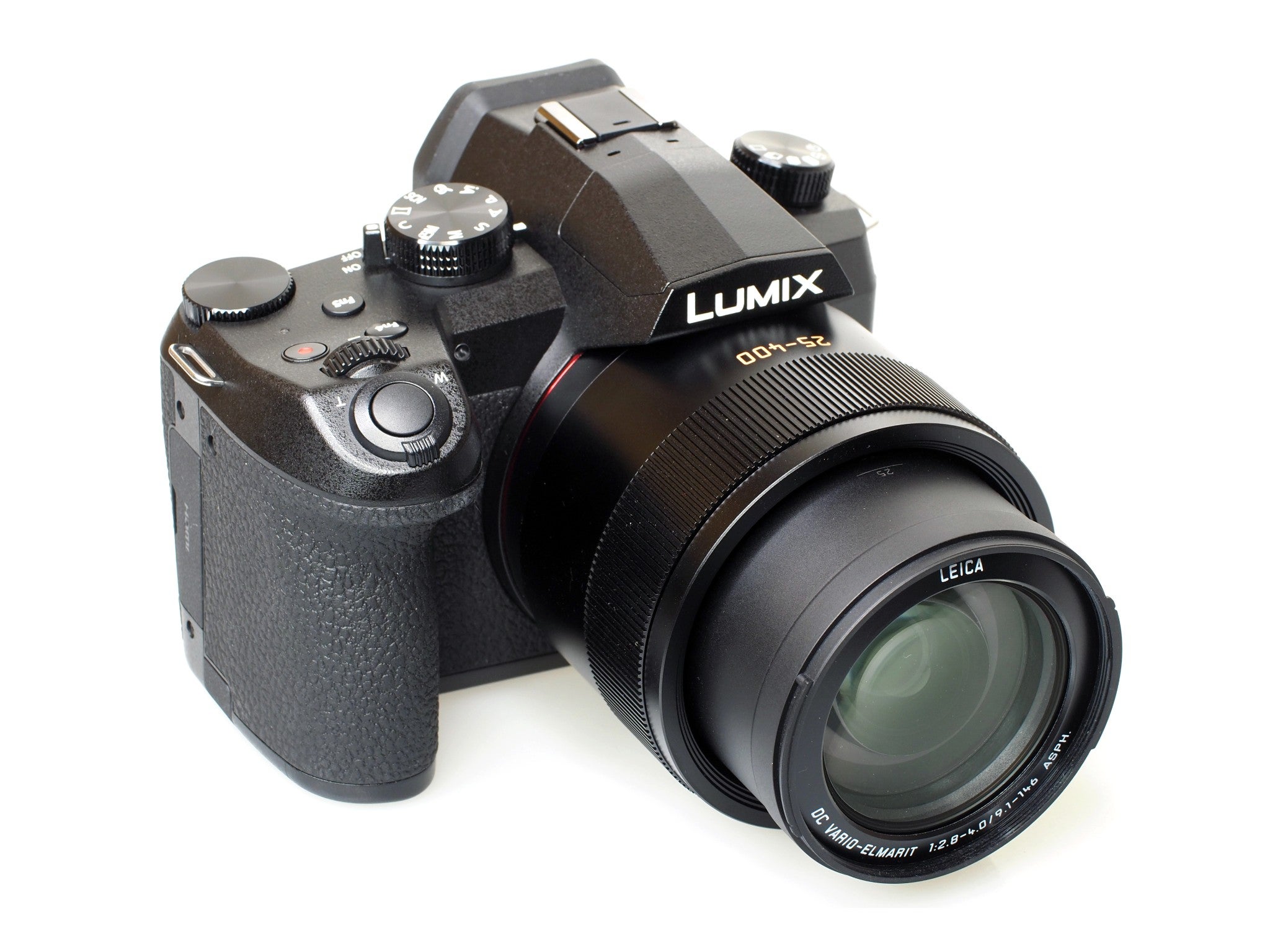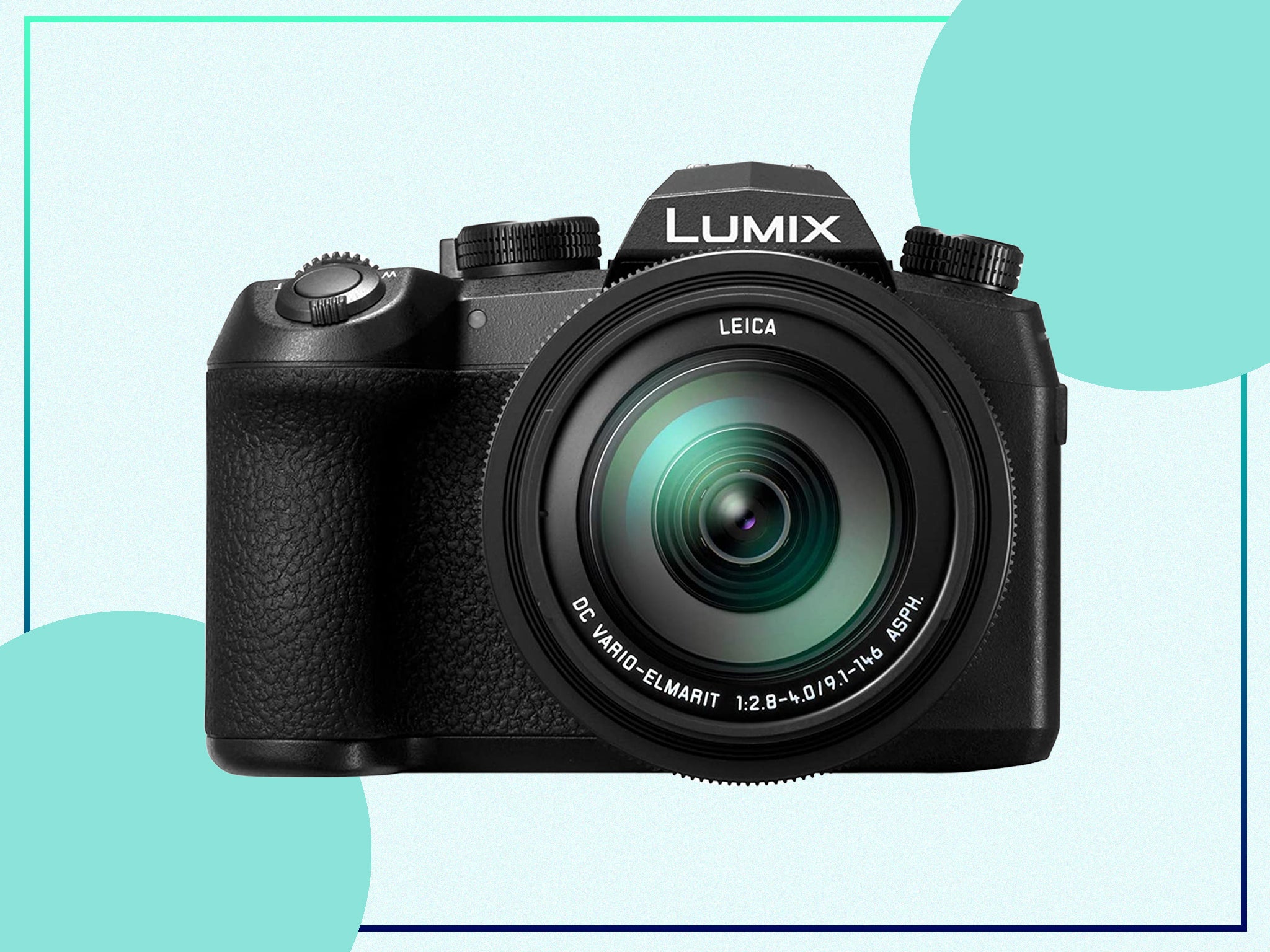Many years ago, there were two choices if you wanted to get into the world of photography as an amateur. There were compact cameras and then there were SLR cameras.
The latter obviously provide a far greater degree of functionality but also require a greater level of immersion, greater knowledge and a bigger time commitment to learn properly.
Now, enter the world of the bridge camera. As the name suggests, it provides a bridge between two worlds; the stress-free, instant access of the compact camera world, and the high-fidelity, customisable and editable world of the intermediate and professional SLR or DSLR camera.
This is where the popular FZ1000 camera comes in. In this review, we’ll be looking closer at its features, the quality you can expect and why in 2022, this relatively old camera is still a fantastic choice.
If you’re in the market for a new camera and want a device that has the quality of a DSLR but the accessibility of a point and shoot compact – not to mention a speedy operation, good automatic features and a fixed, non-removable lens – then you’ll want to keep reading.
Read more:
How we tested
We tested in an urban environment in both daylight and low light conditions over a period of a few days, getting to grips with the camera’s still and 4K video recording functions. We also tested the lens’s performance in a range of styles, for landscape to portrait and using both the wide and zoom portions of its range. Here’s a snapshot of what we thought.
Panasonic lumix FZ1000

Buy now £729, Wexphotovideo.com
- Rating: 9/10
- Weight: 810g
- Megapixels: 20.1
- Viewfinder: Electronic viewfinder and tilting LCD screen
- Memory Card: SD Memory Card, SDHC Memory Card, SDXC Memory Card
- 4K Video: Yes
- Autofocus: 49 point AF
- ISO Sensitivity: 125-12800
Out the box
When it was released, the FZ1000 was the world’s first bridge camera to feature 4K video recording capability, and the quality of its components bely the unit’s relatively small size and easy set up.
Instantly recognisable is the camera’s lens, which has an impressive zoom capability of 16x in a wide angled 24-400mm setup. Although it provides some bulk to the camera, we thought the general feel in the hand is one of quality and we were also surprised that it didn’t add as much weight as we were anticipating. The F4 aperture at the highest zoom length also meant that we could create some impressive shots in lower light conditions – more than respectable for a bridge camera of this nature.
Read more: 9 best DSLR cameras to suit all budgets and abilities
The other notable first impression is the large electronic viewfinder and tilting LCD screen, which has, since this release, become a firm favourite of compact, bridge and DSLR cameras alike. We thought the moulded hand grip was comfortable to hold, despite the extra bulk from the Leica-branded lens. And, if we’re honest, from a distance (or even directly out the box) there isn’t a lot of difference between the way the FZ1000 looks compared to entry or mid-level DSLRs.
Features
Upon its release the FZ1000 had a relatively high price point, with the camera still retaining at over £700, so we were anticipating best-in-class performance for the bridge camera sector. Luckily, the feature list doesn’t disappoint.
As well as the impressive 4K video (which is good enough to take 8MP stills from), there’s a 1in 20.1 megapixel sensor and the aforementioned leica 16x zoom lens, which is really this camera’s crowning glory. The impressive size of the sensor too makes the 35mm equivalent focal length of this camera 24-100mm, which will please amateur photographers looking to get into wildlife photography, for instance.
Read more: How to choose the best camera model for you
There’s also a 49-point autofocus system with additional face and eye detection, which works well, and the added Bluetooth and 2.4GHz is expected these days but nonetheless appreciated.
Using the camera
When out and about with the camera, we found the size and bulk to be comparable to a mid range DSLR. Though perhaps not as light as some of the latest entry-level DSLR offerings from Canon or Nikon, it’s certainly still manageable around the neck while walking.
We found a neat little function that allows the user to zoom via the traditional lens ring, or by a zoom lever surrounding the shutter button, which allowed for an easier “hands-off” approach when looking to take pictures on the go. The large hand grip makes the camera easy to use with one hand, and the button placement for a relatively small body unit is easy to navigate. Battery and card slots are as you’d expect for a camera of this quality, with a nice feel and a secure click shut.
Read more: Fujifilm X100V compact camera review
One thing we were really impressed by was the newly-developed (for the camera at the time) venus engine processor. This controls the on-board functionality of the camera and is one of the quickest and most responsive systems we’ve tested.
It’s claimed that from a shutdown state to taking a picture takes less than 0.3 seconds, which we thought was basically imperceptible and a huge improvement over historic compact or bridge camera systems. It’s one of the speediest systems you can buy and we found the general overall swiftness of operation really helped us when out and about.
With a tilting LCD screen that also swivels a full 180 degrees, we enjoyed the fact that with the wide-angle lens the user can take impressive selfies. This feature, its zoom capability and general speed of operation meant we thought this camera would be a really excellent travelling companion.
Image quality, with a premium lens such as this Lecia offering, is as good as you’d expect, with a bright, sharp and contrasty look in sunlight that offers good detail, saturation and colour rendition. The photos have a well-balanced appearance but we did find that towards the end of the zoom range there was a degree of extra noise at the lower aperture settings and a loss of sharpness. Generally though, the ISO performance is impressive for a bridge camera up into the higher ranges which is reflected in above average low-light performance.
Read more: 12 best compact cameras for the perfect shot every time
The real icing on the cake using the camera around and about however is that it can produce excellent 8MP stills from 4K video footage – excellent if sports or wildlife is your bag. It was surprisingly useful when we tested around town too, and if you are intent on capturing fast moving action or high quality video for social media, this would be a great pick.
The verdict: Panasonic lumix FZ1000
We were very impressed indeed with the FZ1000 camera. We don’t think there are many better out there if you’re after a camera that offers DSLR credentials and feel, without the need to worry about interchanging lenses. If you’re still looking for good automatic modes too, and even in-built processing and filters, this comes highly recommended and in many ways sets the bar for what an ideal bridge camera looks like. We were slightly taken aback by the price, but you’re paying that for the quality of the lens and in the photography world that’s no bad thing.
Voucher codes
For the latest discounts on cameras and other tech buys, try the links below:
If you’re a budding photographer, here are the best mirrorless cameras – tried and tested

